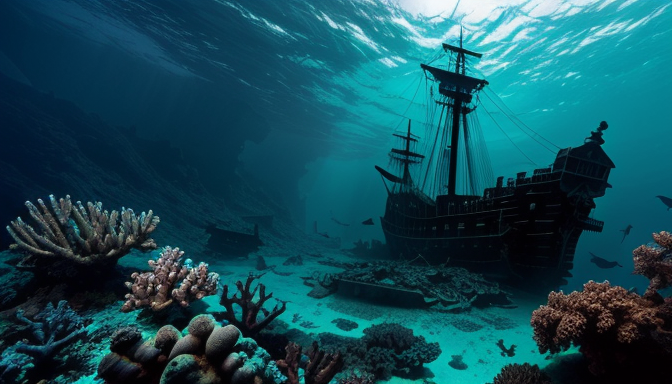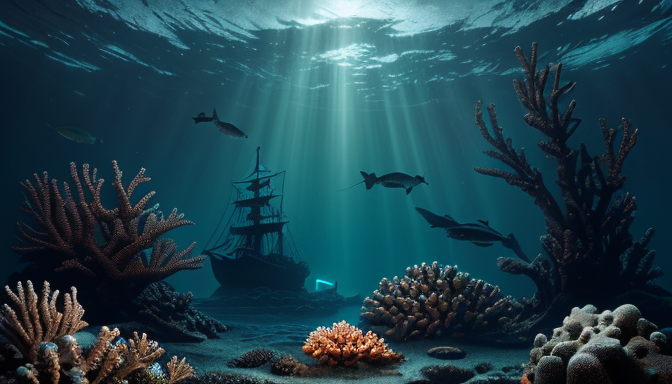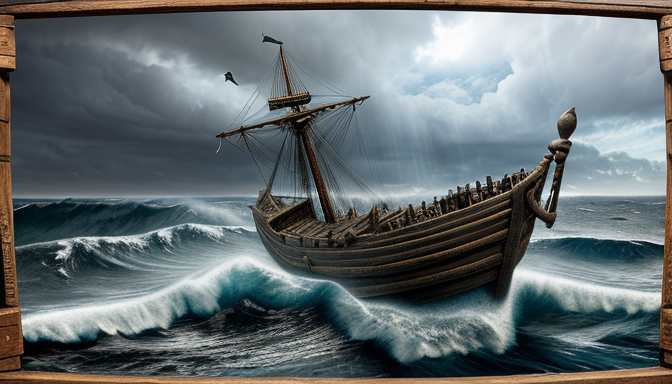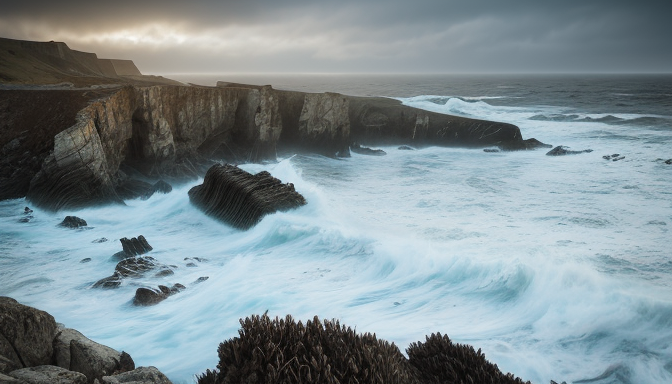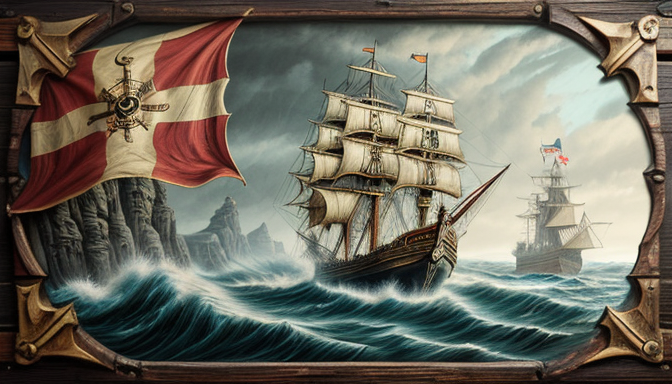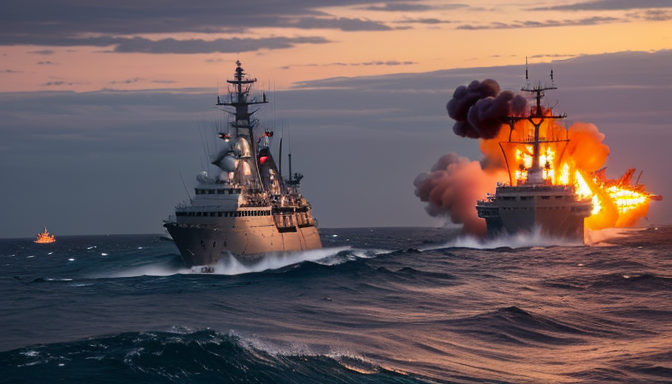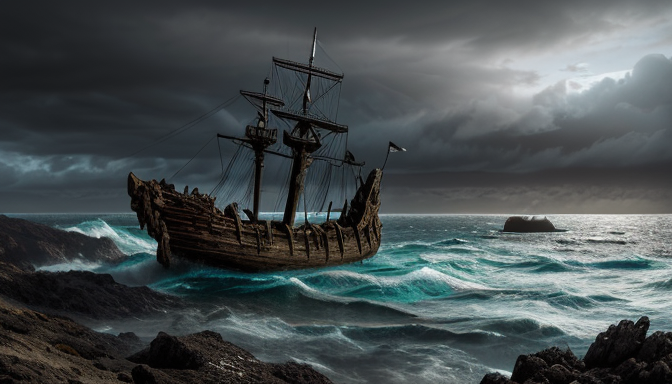Shipwrecks and Legends: Tales from the Ocean’s Depths
Exploring the mysterious stories and historical significance of shipwrecks, this article delves into the legends that have emerged from the ocean’s depths, captivating our imaginations for centuries. The sea has always been a source of wonder and fear, a vast expanse that hides secrets beneath its waves. As we journey through time, we encounter historic vessels that met their fate in tragic circumstances, each with its own tale to tell. From the infamous Titanic to the legendary Mary Rose, these shipwrecks are not just remnants of wood and metal; they are windows into our past.
Some shipwrecks have become synonymous with adventure and tragedy. The Spanish galleons laden with treasures, lost to storms or piracy, have inspired countless tales. For instance, the wreck of the SS Central America in 1857 not only claimed hundreds of lives but also carried a fortune in gold that spurred a treasure hunt for decades. Each of these incidents contributes to the rich tapestry of maritime lore, reminding us of the dangers that sailors faced and the bravery they exhibited.
Diving deeper, we find that shipwrecks often give rise to myths and legends that reflect our deepest fears and aspirations. The stories of sea monsters lurking in the depths or the ghost ships sailing the night are not just fanciful tales but a reflection of humanity’s struggle to understand the unknown. These legends serve as cautionary tales, warning sailors of the perils that await them. They remind us that the ocean, while beautiful, is also a realm of mystery and danger.
The Most Famous Shipwrecks
When we think of the ocean, we often imagine vast, tranquil waters, but beneath the surface lies a world of tragedy and mystery. Shipwrecks, remnants of once-mighty vessels, tell tales of adventure, loss, and the unforgiving nature of the sea. One of the most renowned shipwrecks is the Titanic, which sank in 1912 after hitting an iceberg. This tragic event not only claimed over 1,500 lives but also ignited a cultural phenomenon that still resonates today. The Titanic’s story is a poignant reminder of human hubris and the power of nature.
Another famous shipwreck is the Mary Rose, the flagship of King Henry VIII’s navy. This vessel sank in 1545 during a battle against the French, and its rediscovery in 1982 provided invaluable insights into Tudor life and naval warfare. The preservation of the Mary Rose has allowed historians to piece together the past, revealing details about the crew and their daily lives.
But it’s not just the historical significance that makes these wrecks captivating. They are often shrouded in legends and myths. For instance, the tale of the Flying Dutchman, a ghost ship doomed to sail the seas forever, reflects humanity’s fears of the unknown. The stories surrounding these shipwrecks serve as a mirror, reflecting our deepest hopes and fears, reminding us of the ocean’s vastness and unpredictability.
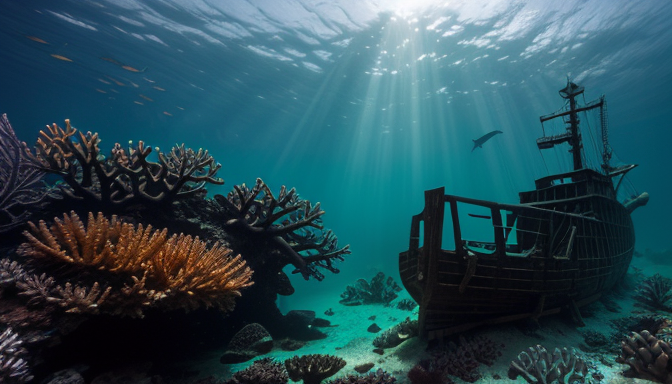
Legends and Myths of the Sea
When we think of the ocean, it’s not just a vast expanse of water; it’s a treasure trove of legends and myths that have shaped our understanding of the world. From the haunting tales of ghost ships to the enchanting stories of mermaids, the sea has always been a canvas for human imagination. Have you ever wondered why sailors are superstitious? It’s because the ocean, with its unpredictable nature, has inspired countless stories that reflect our deepest fears and hopes.
Take the legendary Flying Dutchman, for example. This ghost ship is said to sail the waters eternally, a cursed vessel doomed to wander the seas. Many sailors claim to have spotted its eerie glow, a sight that sends chills down the spine. Such tales serve as a reminder of the perils of the sea and the consequences of hubris. Similarly, the myth of the Kraken, a colossal sea monster, represents the unknown terrors lurking beneath the waves, embodying the fears of sailors who dared to venture too far from shore.
These stories don’t just entertain; they also connect us to our past. They remind us of the brave explorers who faced the ocean’s wrath, battling fierce storms and discovering new lands. The legends of the sea are like a map of human experience, guiding us through the turbulent waters of history. So, next time you gaze at the ocean, remember that beneath its surface lies a world of mystery and magic, waiting to be explored.
Frequently Asked Questions
- What are some of the most famous shipwrecks?
Some of the most notorious shipwrecks include the Titanic, which tragically sank in 1912, and the Lusitania, torpedoed during World War I. Each of these disasters not only claimed lives but also left behind gripping stories that continue to fascinate us.
- How do legends and myths arise from shipwrecks?
Legends and myths often emerge as a way to explain the unexplainable. When ships disappear or meet tragic fates, stories about sea monsters, ghost ships, and lost treasures capture our imaginations, reflecting our fears and hopes about the vast, mysterious ocean.
- Why do we still care about shipwrecks today?
Shipwrecks are more than just historical events; they are windows into our past. They remind us of the dangers of the sea and the resilience of those who dared to explore it. Plus, who doesn’t love a good story of adventure and survival?
- Can shipwrecks teach us anything?
Absolutely! Shipwrecks can provide valuable lessons about navigation, maritime safety, and even the environmental impact of human activities at sea. They serve as reminders of the importance of respecting the ocean’s power.
